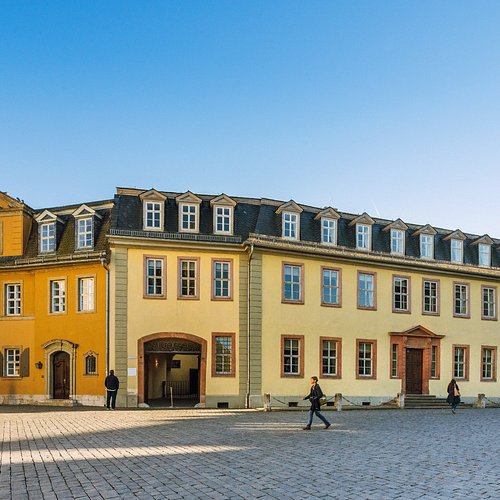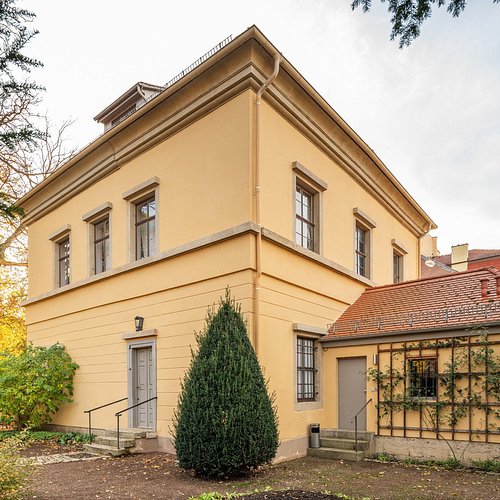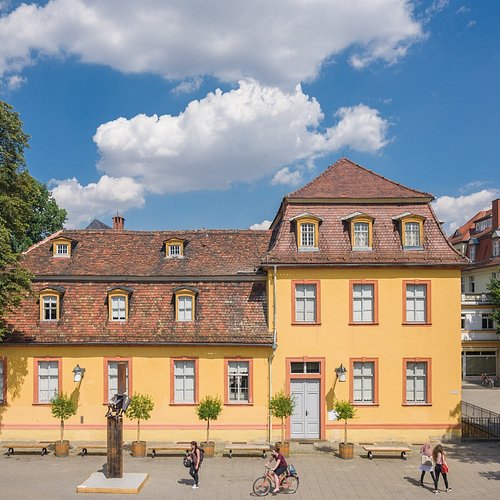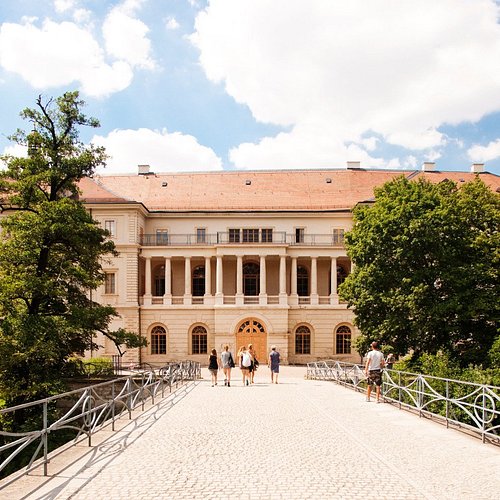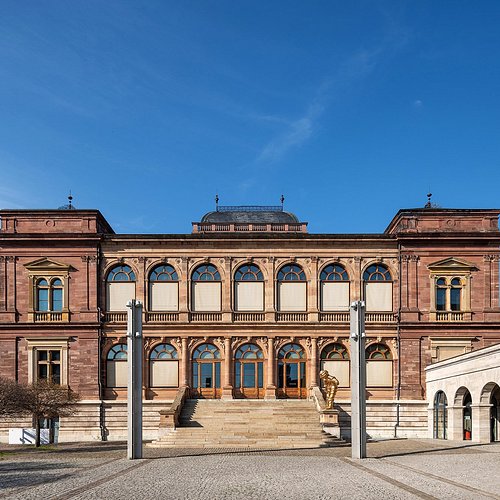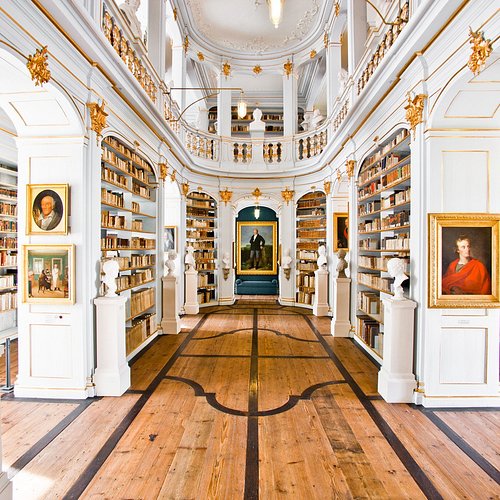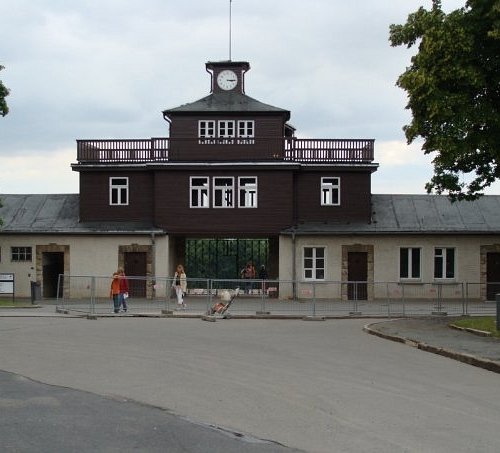What to do and see in Weimar, Thuringia: The Best Museums
Weimar was quite the intellectual hotspot back in the day, with Goethe, Friedrich Schiller, Bach, Liszt, Lucas Cranach and the Weimar School all spending time here. Goethe groupies will enjoy visiting his home, his tomb and the museum dedicated to him. If you’re in search of great food, visit during the Weimar Onion Market, held in October. (Just don’t forget your mints.)
Restaurants in Weimar
1. Museum fur Ur- und Fruhgeschichte Thuringens
2. Goethe National Museum
Overall Ratings
4.5 based on 589 reviews
The Goethe National Museum is the most important museum for the presentation and study of Johann Wolfgang von Goethe’s life and works. An extraordinary treasure is contained within – the poet’s actual residence with original furnishings and collection pieces. Numerous items from his personal collections are on display in the accompanying exhibition “Flood of Life – Storm of Deeds” which highlights Goethe’s vastly diverse interests beyond his literary production.
Reviewed By 214marciam - Gales Ferry, United States
The Goethe National Museum is a wonderful look at the life of Goethe. It has many of his personal items, his writings and lots of information about his life. We learned so much about this writer, how he loved science as well as literature and is a must see for any history buff. The tours come with a handheld source of information that comes in many languages.
3. Galerie Von Weimar an die See
4. Liszt Haus
Overall Ratings
4.5 based on 99 reviews
Franz Liszt lived in the former court gardener’s house at the edge of the Park on the Ilm from 1869 until his death in 1886. This is where he gave lessons to many young and talented pianists from Germany and abroad. In 1887 Grand Duke Carl Alexander opened several rooms to the public as a memorial site. All the furnishings in the music salon and study are authentic, including the Bechstein grand piano.
5. Wittumspalais
Overall Ratings
4.5 based on 54 reviews
The Baroque palatial residence in the centre of Weimar was home to the dowager Duchess Anna Amalia of Saxony-Weimar and Eisenach for many years until 1807. This is where she held her famous social gatherings. The Duchess’s former parlour with its original furnishings is among the most authentic rooms in the mansion that best reflects domestic culture around 1800.
6. Stadtschloss
Overall Ratings
4.5 based on 127 reviews
This place is temporarily closed. The former residence of the grand ducal family of Saxony-Weimar and Eisenach possesses a rich and eventful history. For many centuries, the castle represented the cultural heart of the city. It was here that the artistically-minded Ernestine dynasty lived and ruled for almost 400 years in the company of famous poets, philosophers, artists and composers. The first phase of a major renovation project at the Weimar City Castle began in summer 2018. A new Klassik Stiftung Weimar visitor centre on the ground floor will be completed in the following years. Large sections of the castle will be opened to visitors free of charge. On the upper-level belétage, curators are busy developing a new exhibition which includes rooms which have never been opened to the public before. Following the grand re-opening, visitors can look forward to fascinating stories that took place inside and “behind the scenes” of the castle.
7. Museum Neues Weimar
Overall Ratings
4.5 based on 46 reviews
The former Grand Ducal Museum, built in 1869, was one of the first museums established in Germany. In years past, the museum mainly served as a venue for temporary exhibitions, but in April 2019, it will reopen with a permanent exhibition on early modernist art from the Weimar Painting School to Henry van de Velde. A large museum workshop invites guests to experiment with the techniques of the arts and crafts.
Reviewed By inemarien - Brussels, Belgium
A MUST for all those who wish to understand how and by whom Modernism came to Weimar and prepared the way for Gropius and Bauhaus. Extremely well documented, including exceptional historical insights into the role of personalities such as Harry Graf Kessler, the role of Van de Velde as director of the Weimarer School of Arts and forerunner of Bauhaus. Moreover the exhibition is showcasting the largest selection of works, drawings and objects of Van de Velde we ever saw. One advice: don t miss this excellent exhibition!
8. Schillers Wohnhaus
Overall Ratings
4.5 based on 232 reviews
Before he passed away in 1805, Friedrich Schiller spent his last three years at this residence on Esplanade where he wrote his famous plays “The Bride of Messina” and “William Tell”. Today, Schiller’s original desk and bed are displayed in his former living quarters.
9. Duchess Anna Amalia Library
Overall Ratings
4.5 based on 460 reviews
Reviewed By NemoTraveler - Aarhus, Denmark
Die Herzogin Anna Amalia Bibliothek is located in the centre of Weimar on the Platz der Demokratie and is on the UNESCO list of World Heritage. Due to actual Covid-19 measures only a limited number of visitors are allowed. We arrived early and already a pretty long queue had formed, so we had to wait about one hour to get inside. Only part of the library is accessable and it was only possible to admire the beautiful Rococo Hall from the first floor, not from the galleries. Unfortunately, part of the collections was lost in 2004 due to a devastating fire. The library and especially the Rococo Hall is impressive and a must-see in Weimar.
10. Buchenwald Memorial
Overall Ratings
4.5 based on 663 reviews
Buchenwald (1937-1945) became a synonym for the crimes committed by the National Socialists. Until 1950, the Soviets used the grounds for a special camp; after 1958 the German Democratic Republic established the “Nationale Mahn- und Gedenkstätte” here. After 1990, the memorial was reorganized according to a new concept now also providing for commemoration of the fates of other victim groups. New exhibitions place the crimes in their historical contexts. The history of Weimar and Buchenwald provides a unique historical resonator for historical-political education work. This uniqueness lies in the proximity between the camp and Weimar as a cultural centre, and in the access thus offered to the past. Opening hours Museums | 10 - 18 Uhr The outdoor facilities are accessible daily until sundown. |
Reviewed By brianp473
A place of remembrance and a memorial to the millions killed by multiple despotic regimes. The main camp includes memorials to groups and individuals killed by the SS. The remains of the Soviet run camp tell of the horrors visited upon people after the defeat of the Nazis. It is a somber, emotional experience. This site does take hours to fully take in ... plan accordingly. One suggestion is to download the app on either iPhone or Android, along with the needed language pack, long before traveling up the Blood Road up the hill. The app contains the same information as the rental audio guides - saving the five Euro rental fee and contacting a device in these times of Covid.


